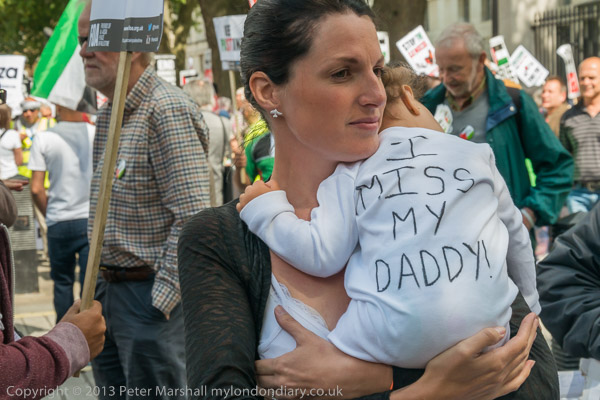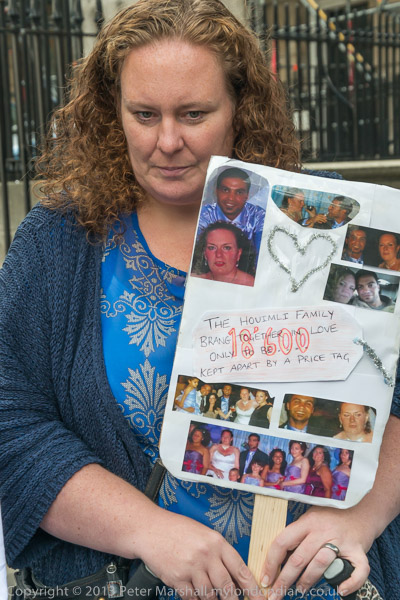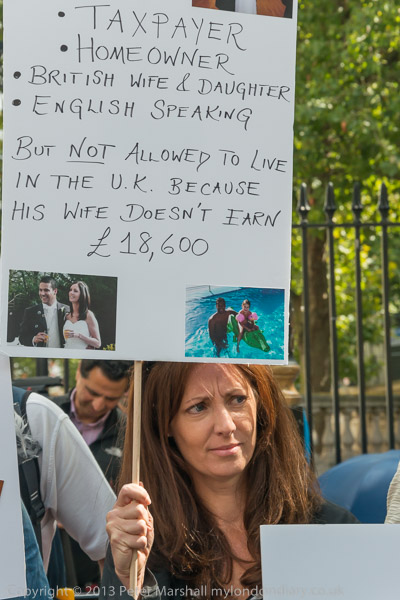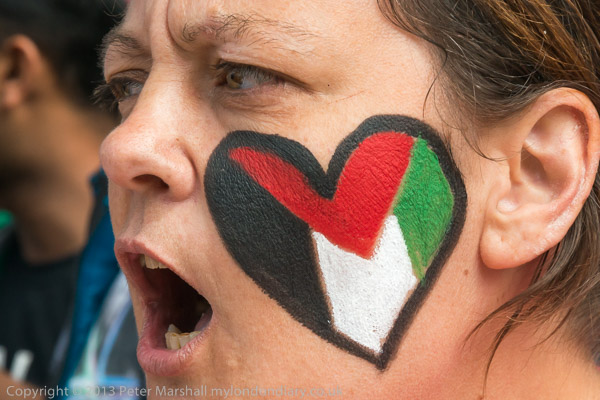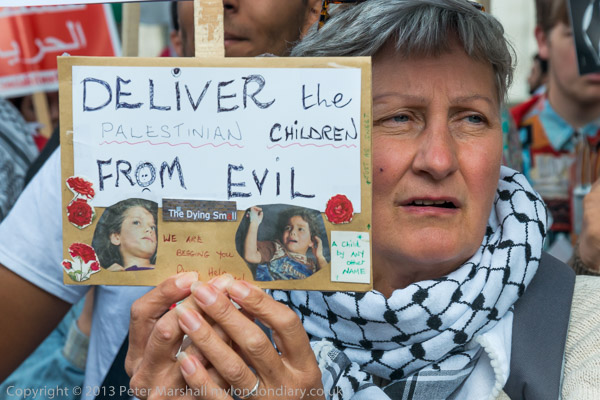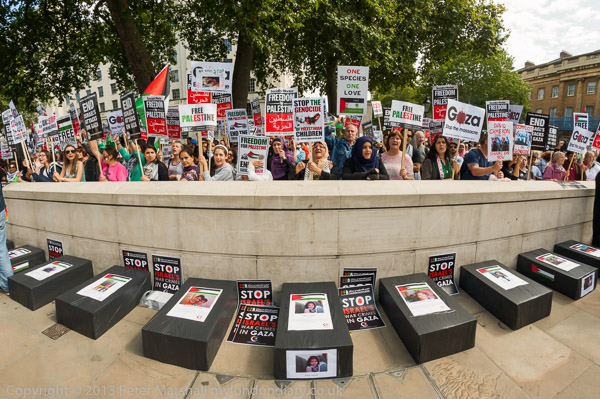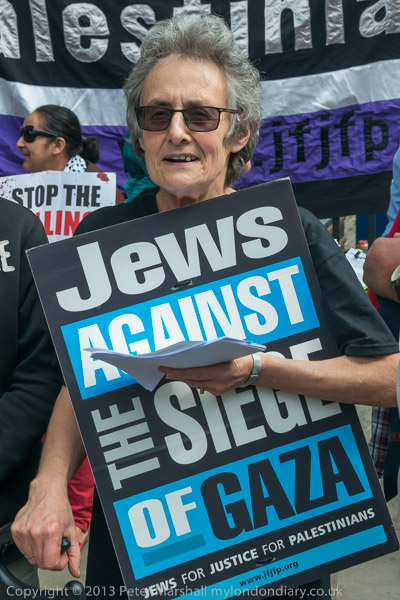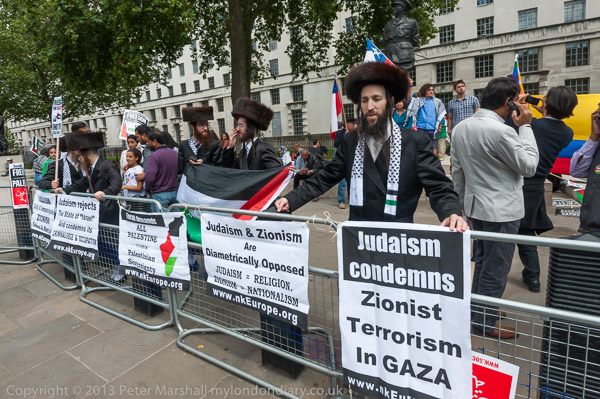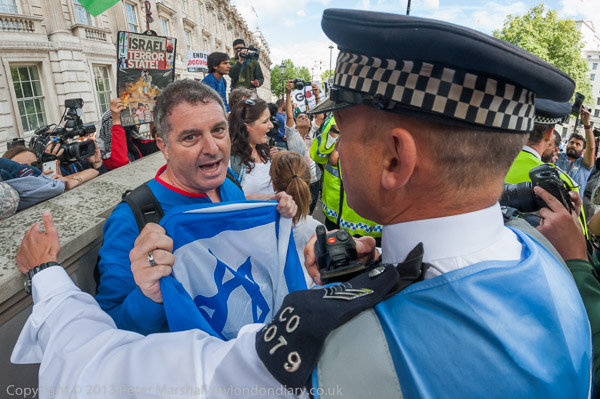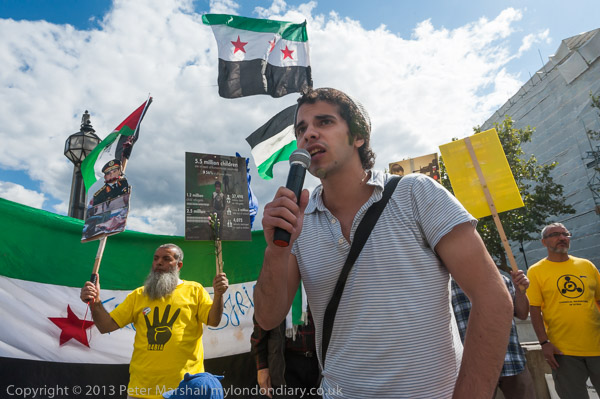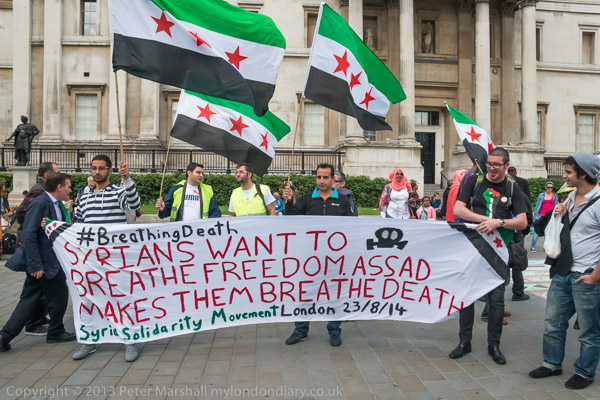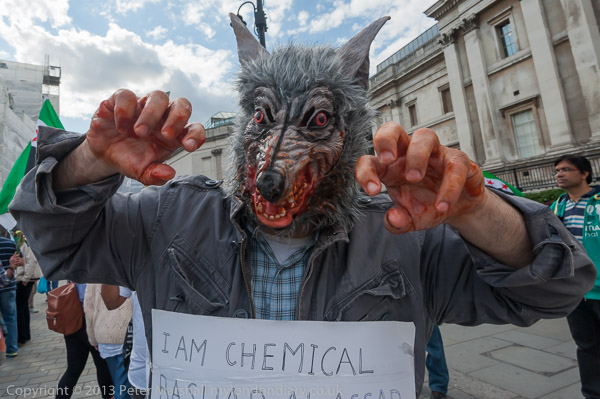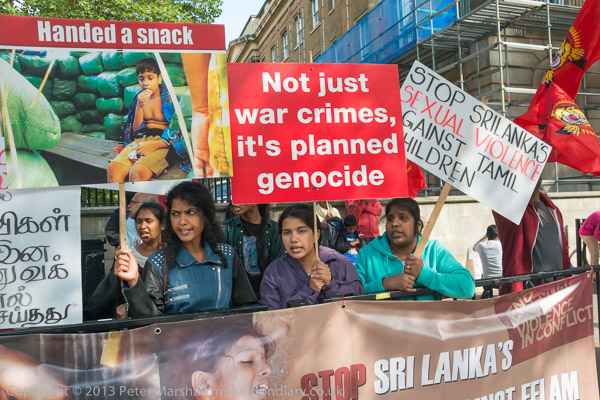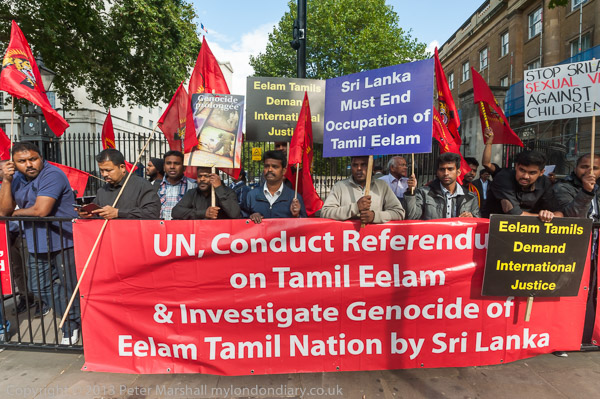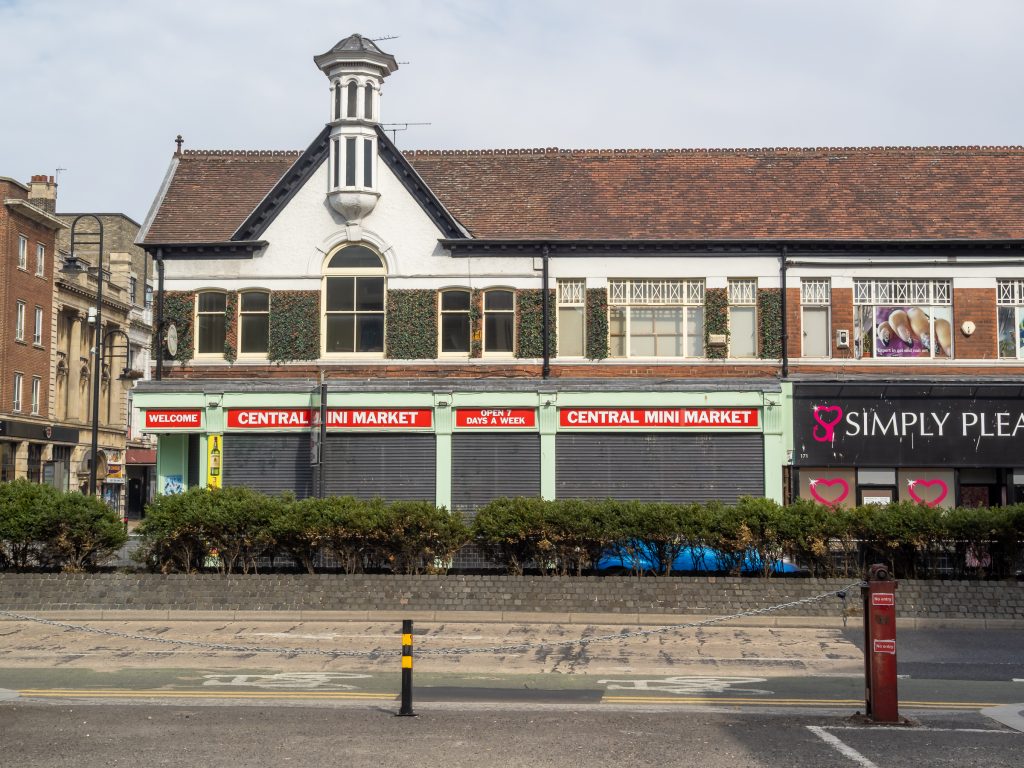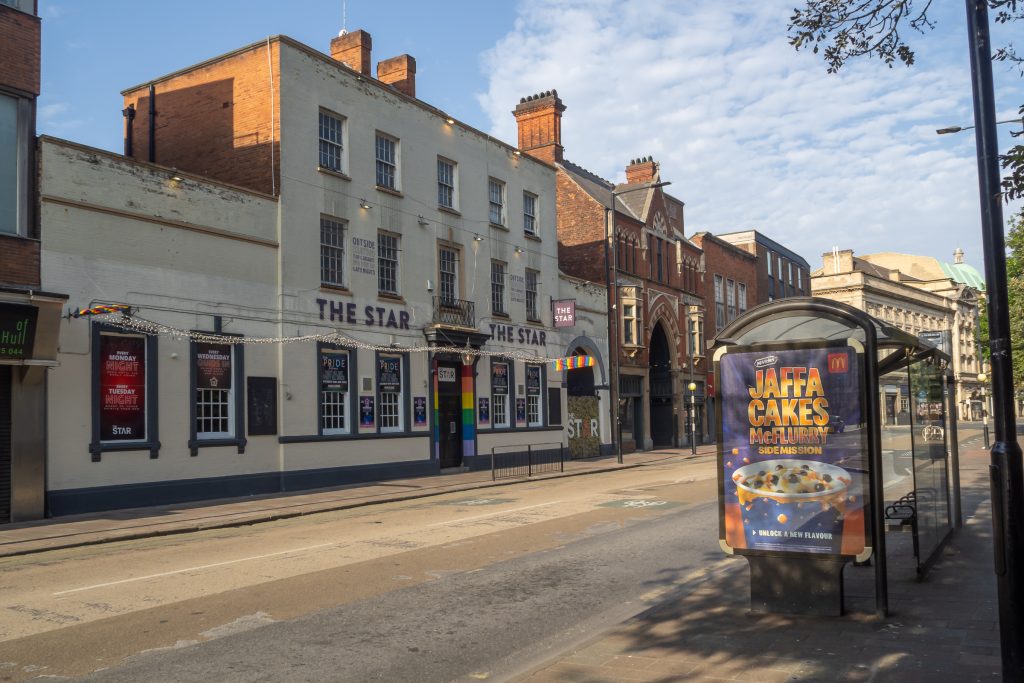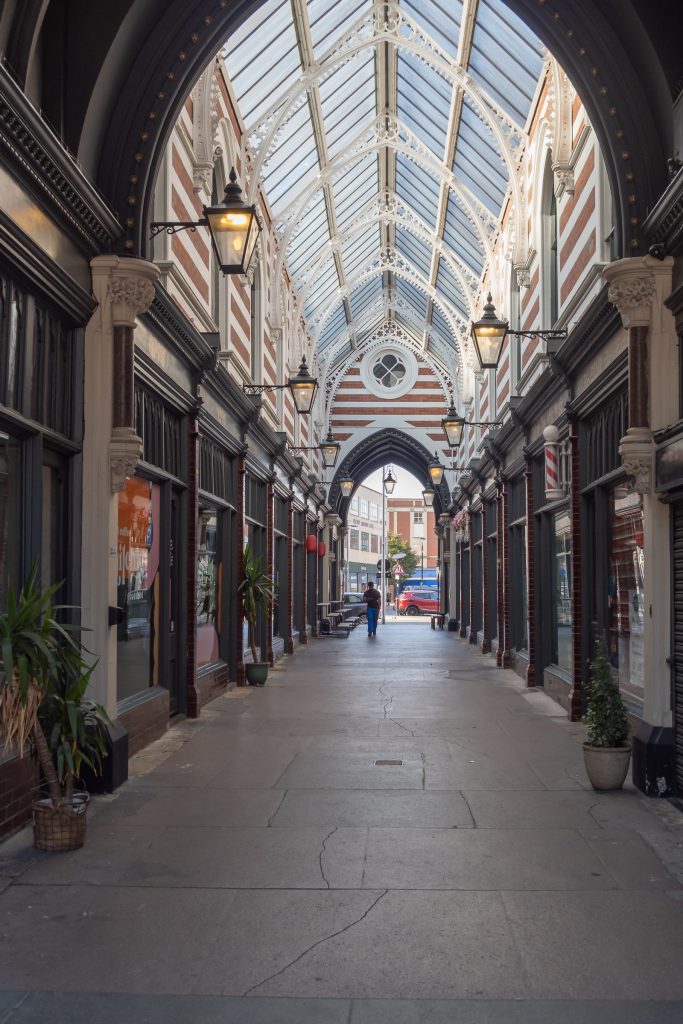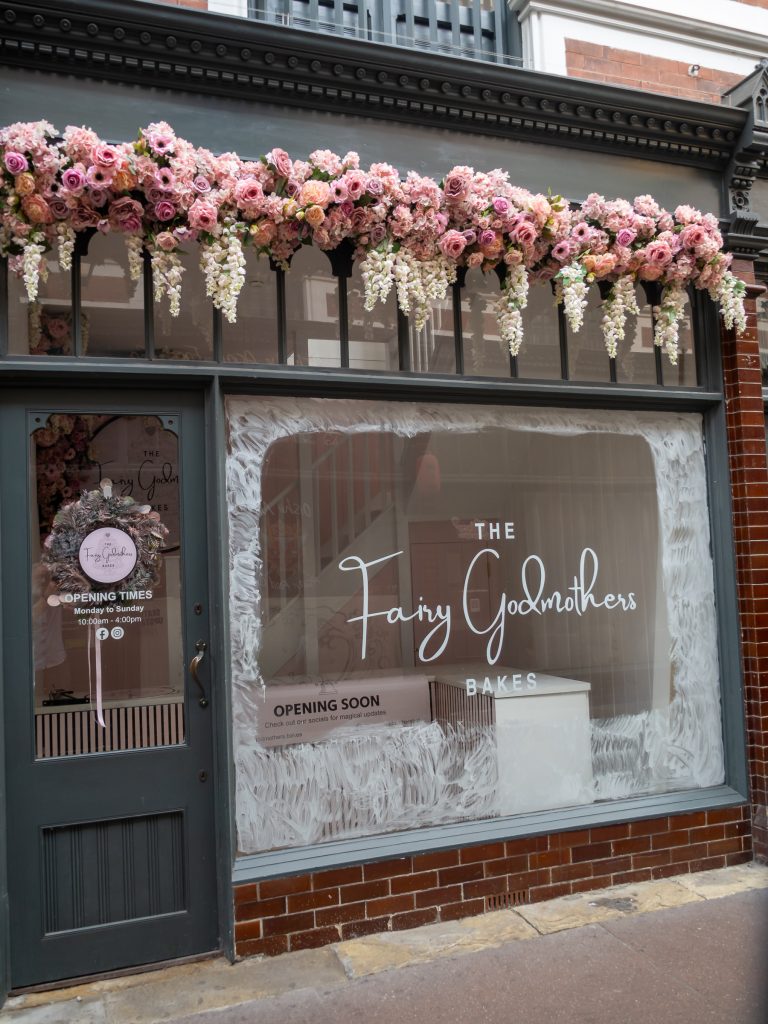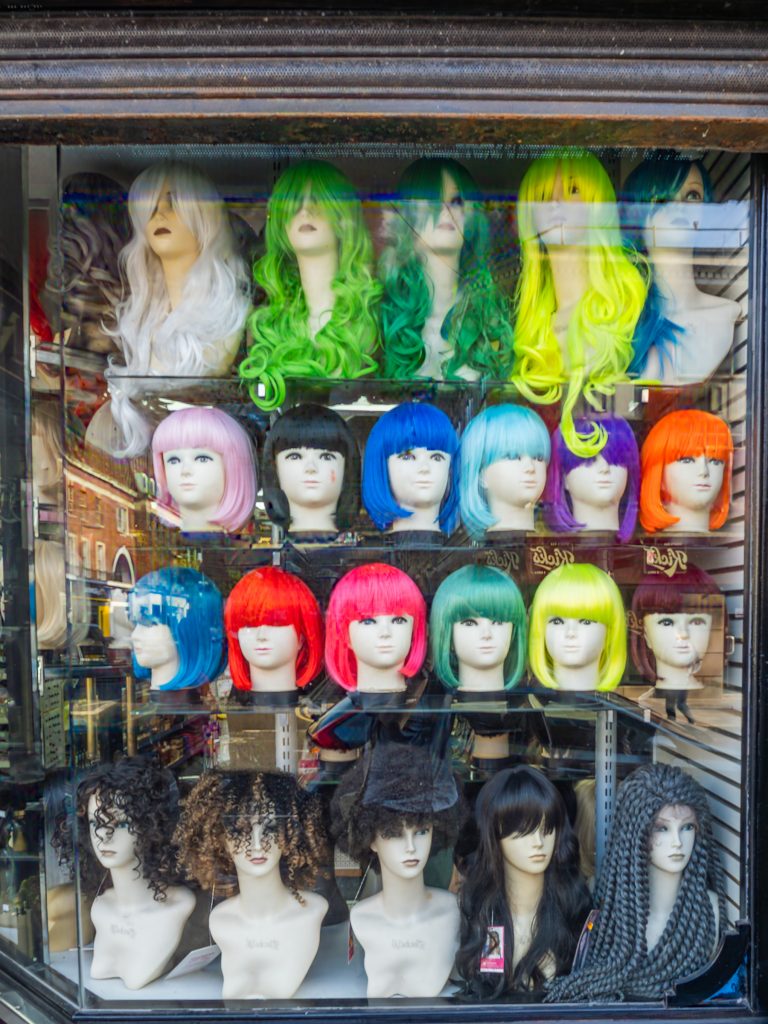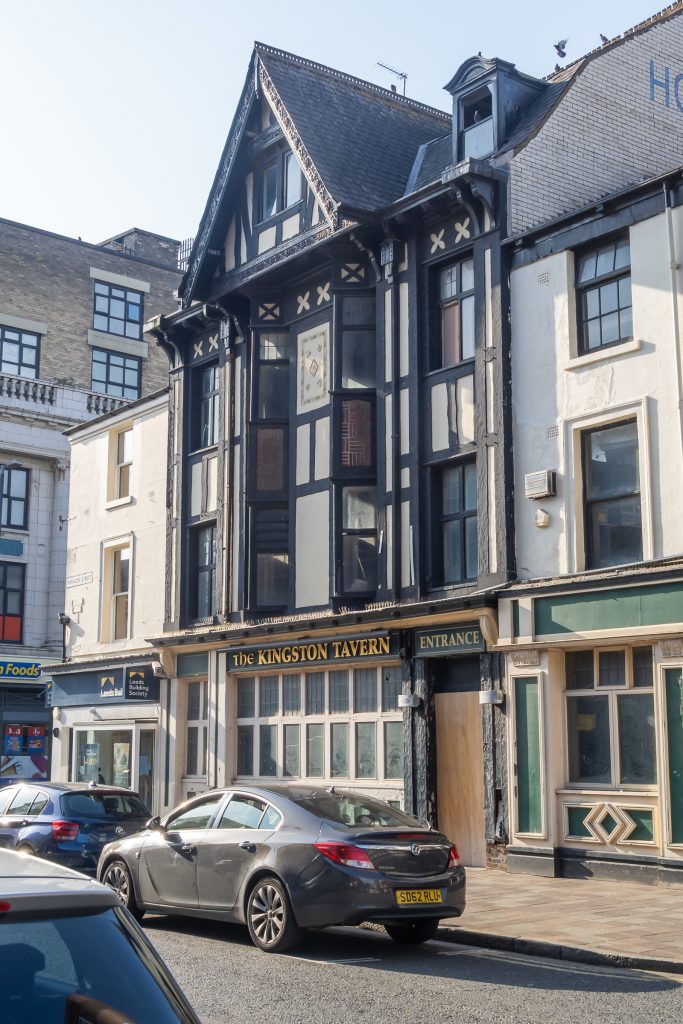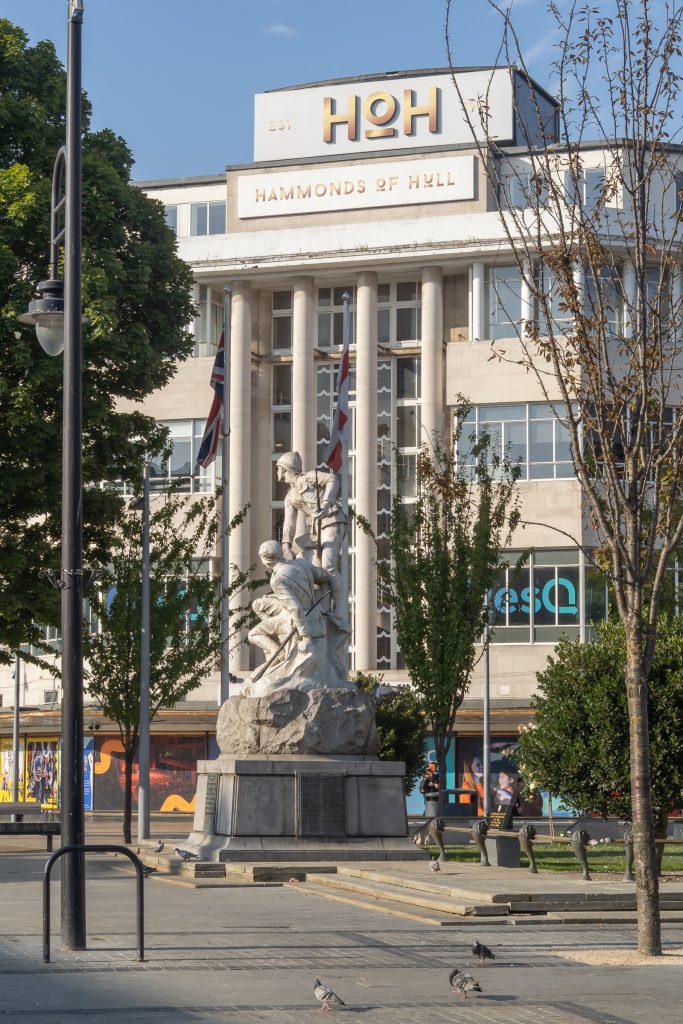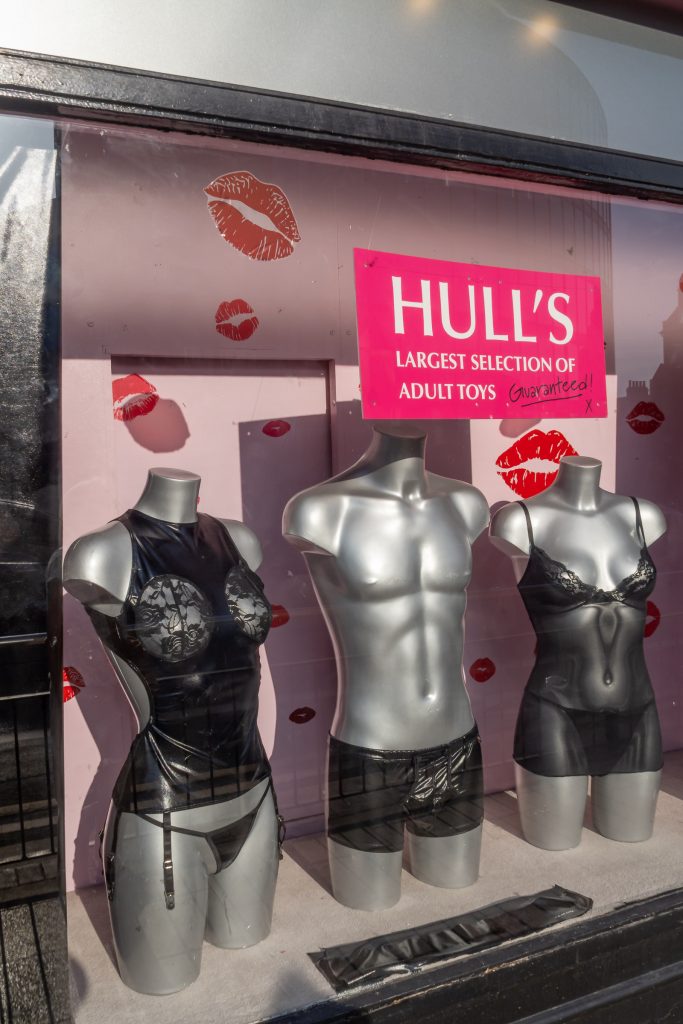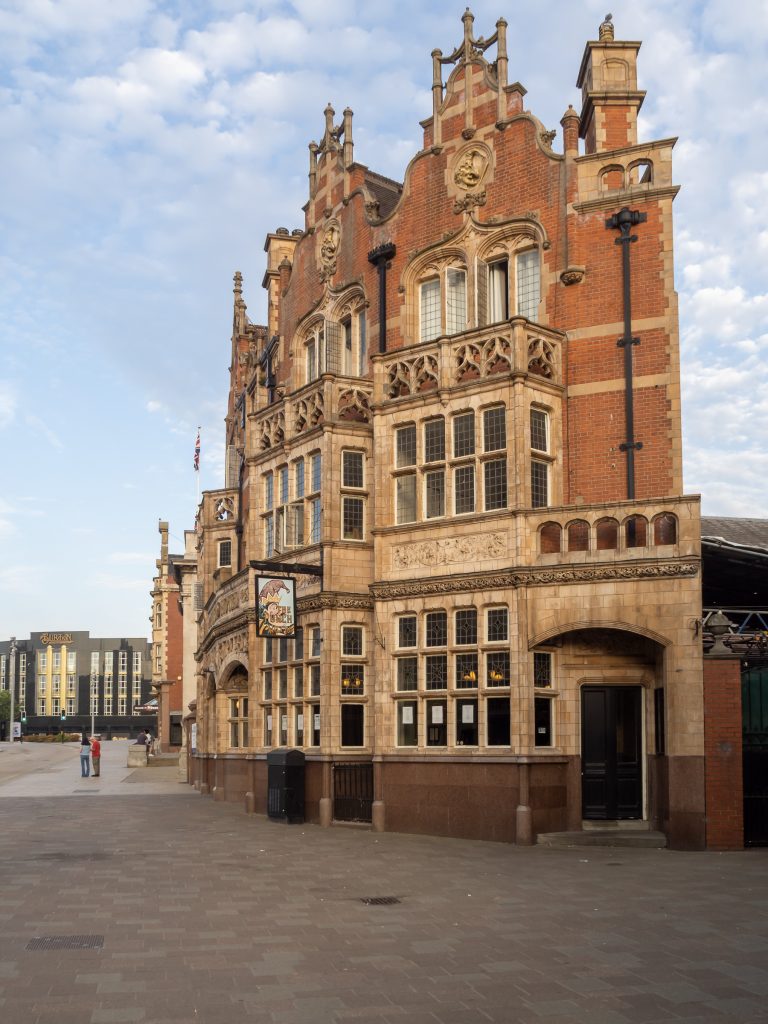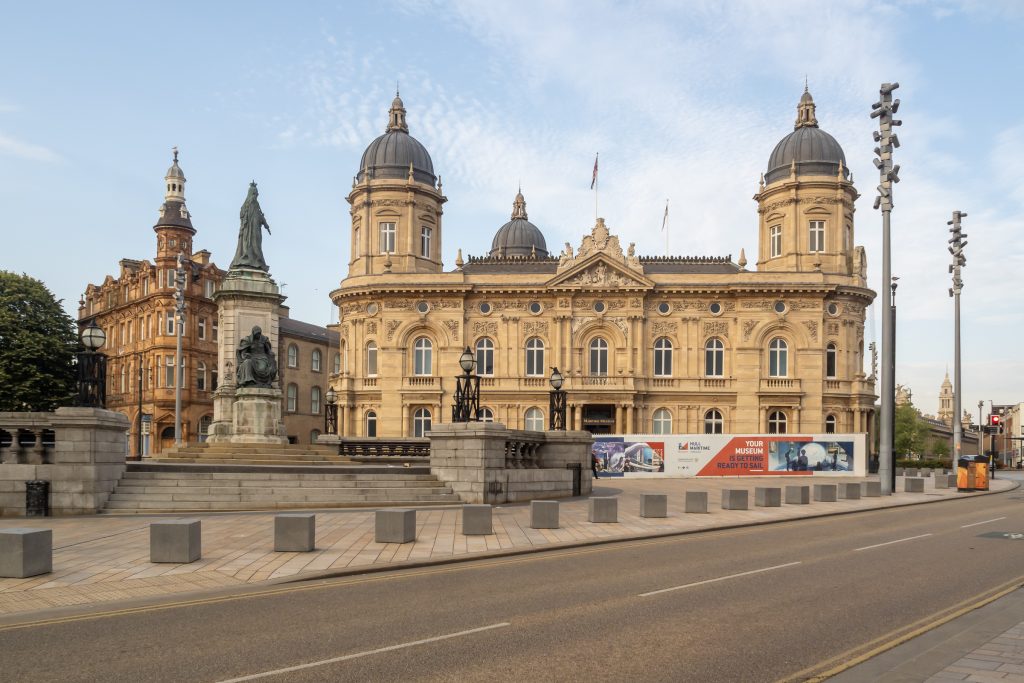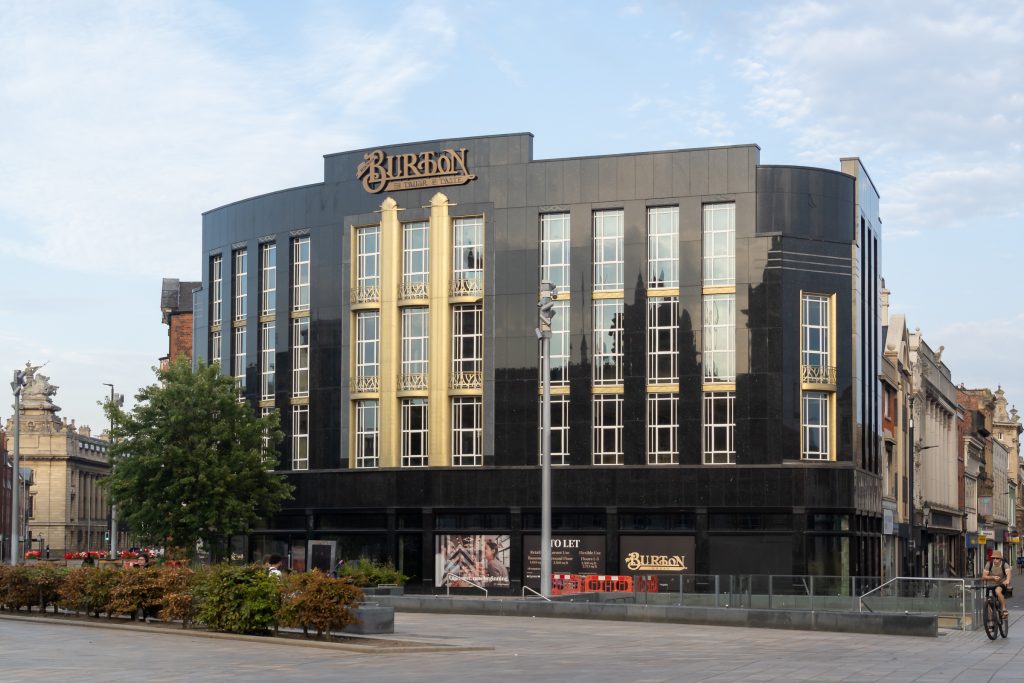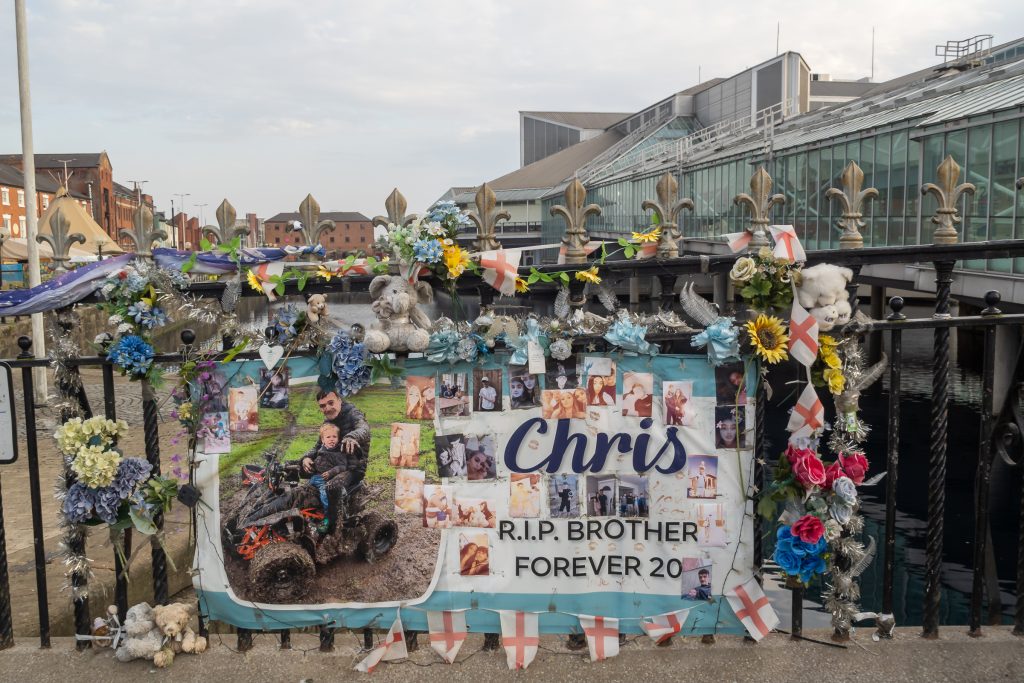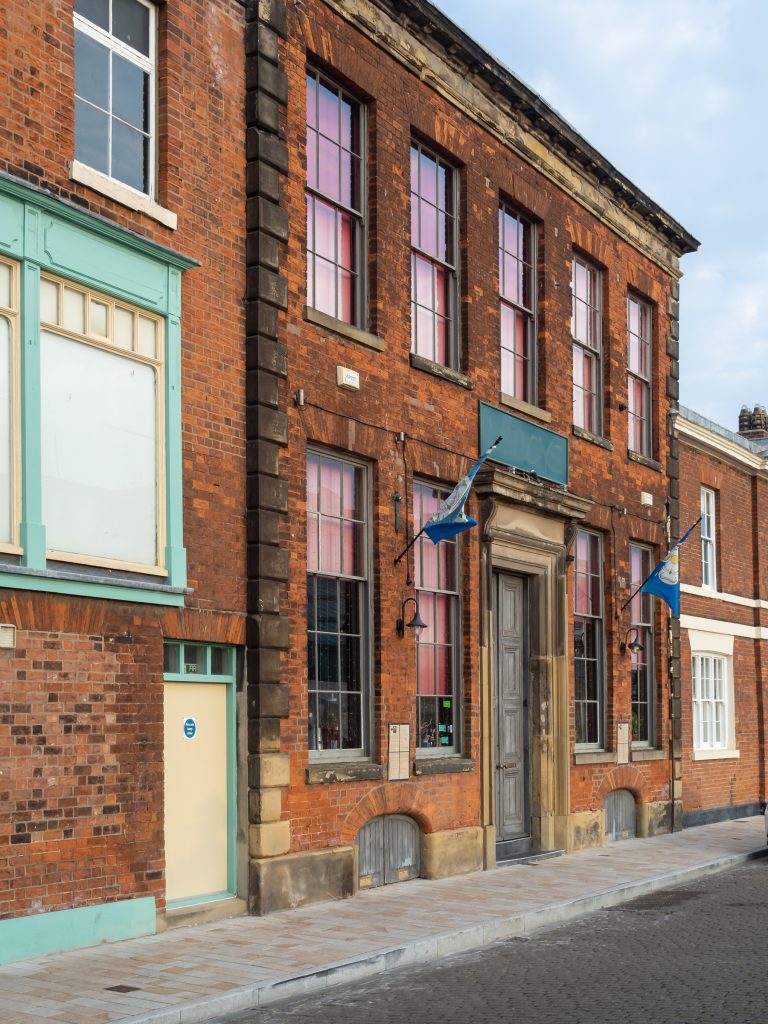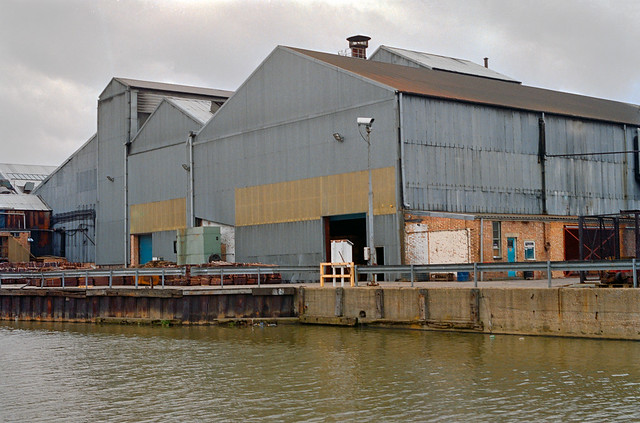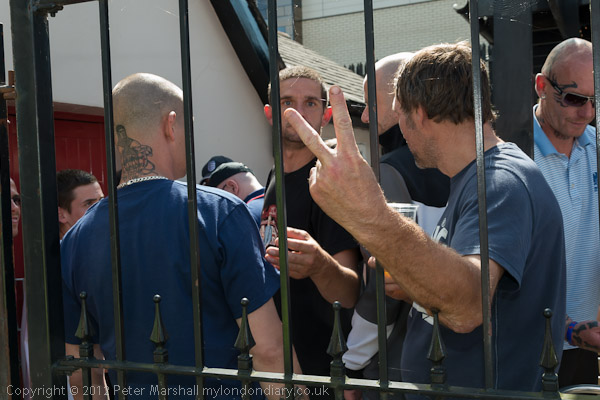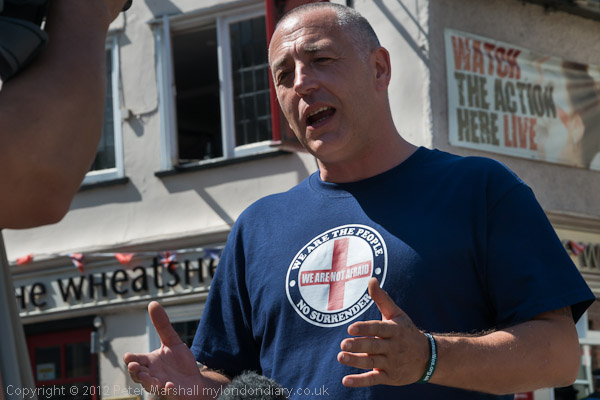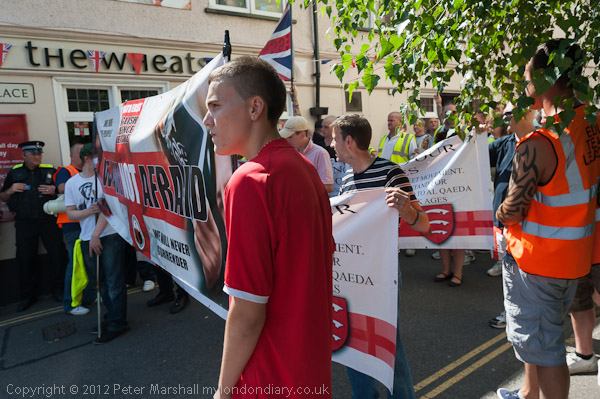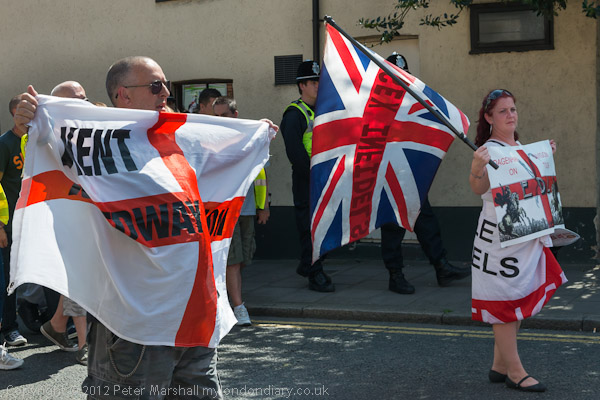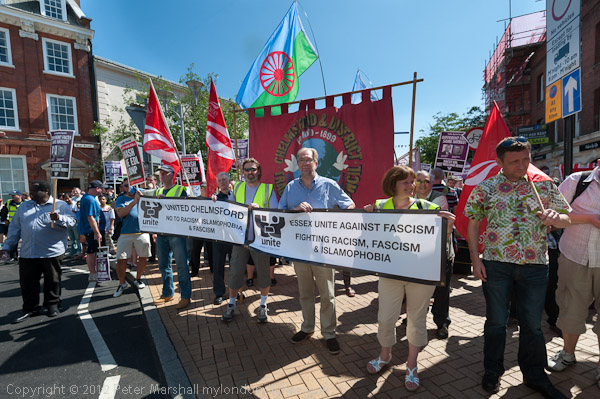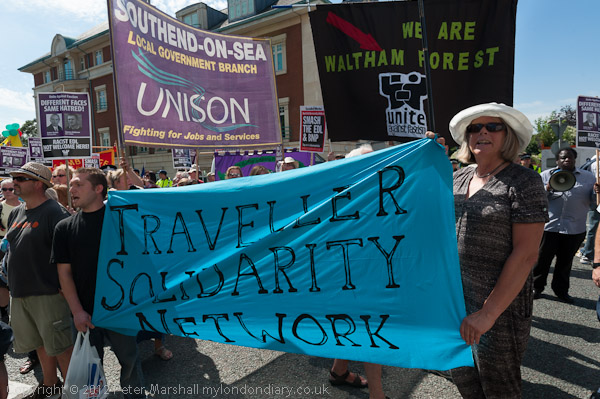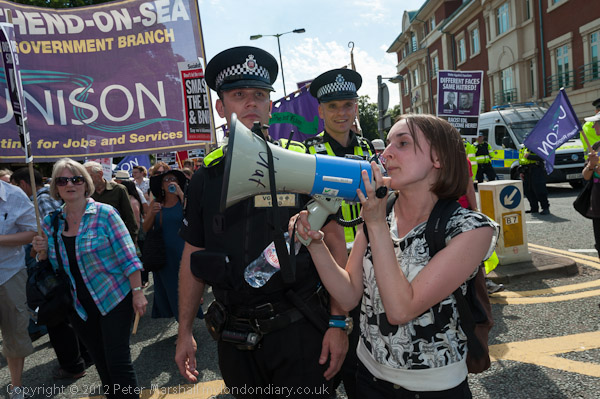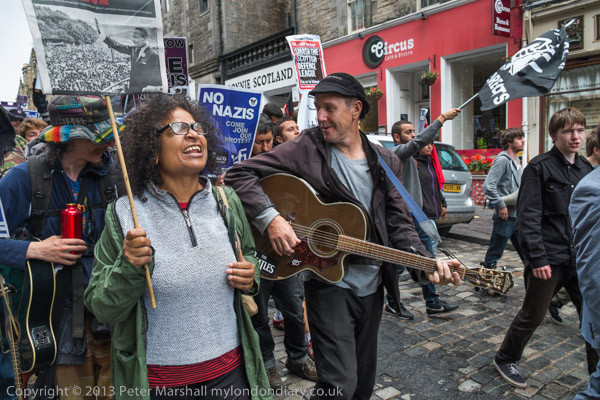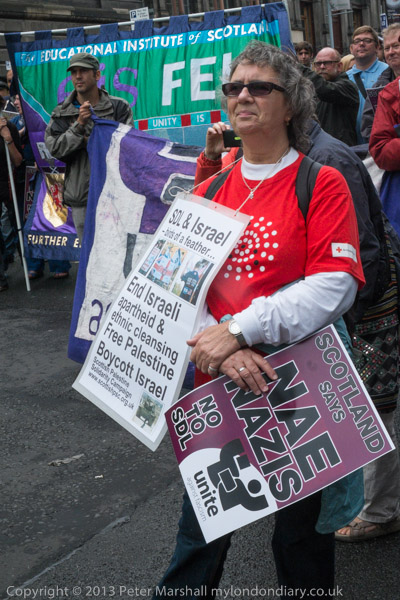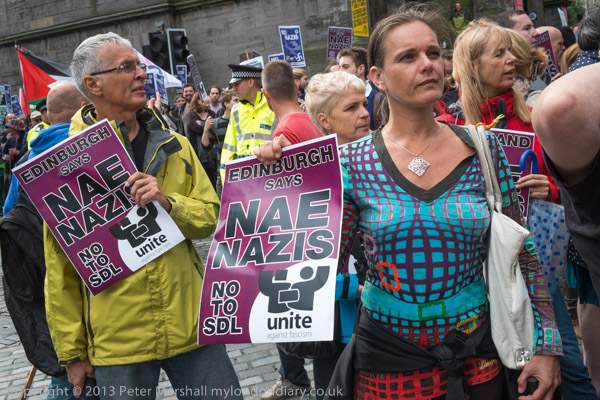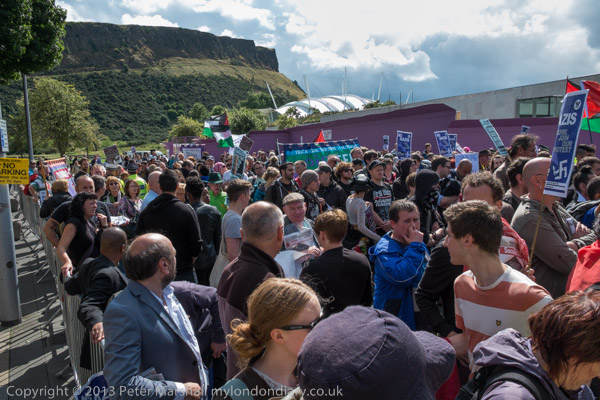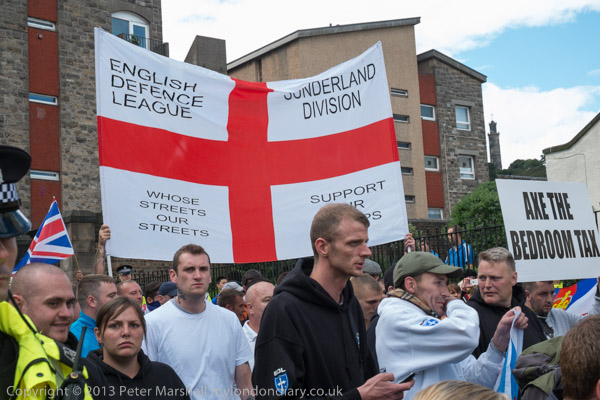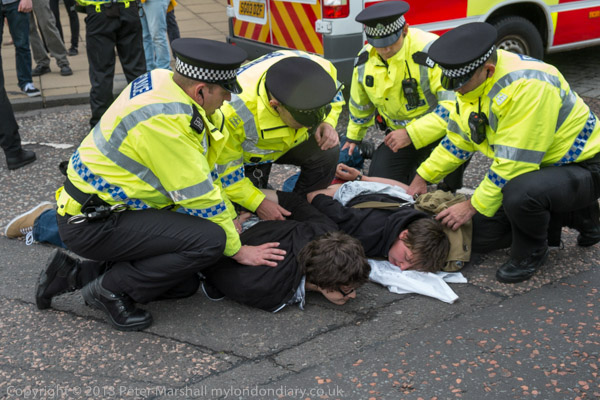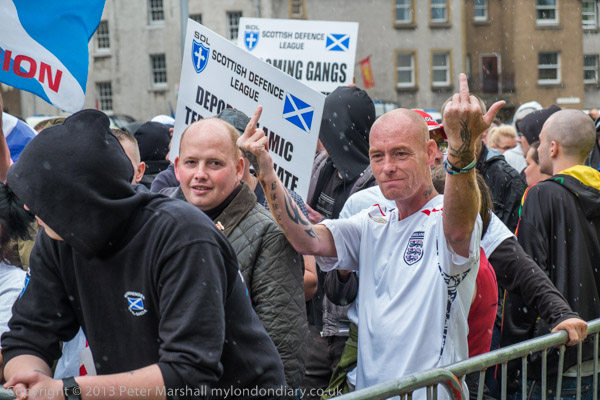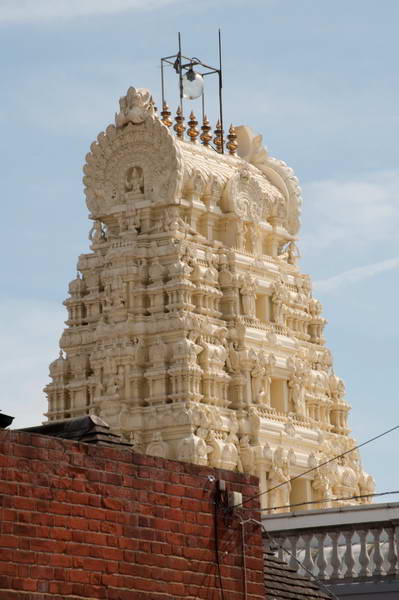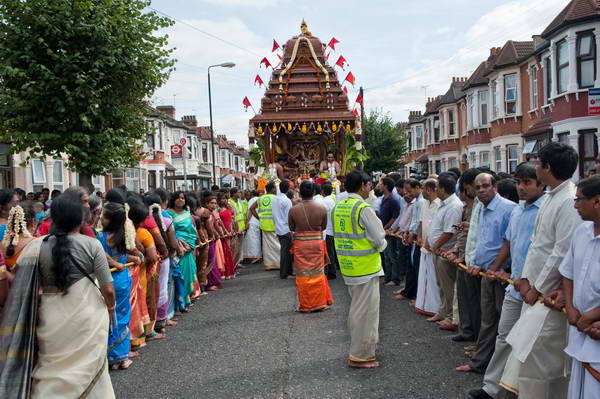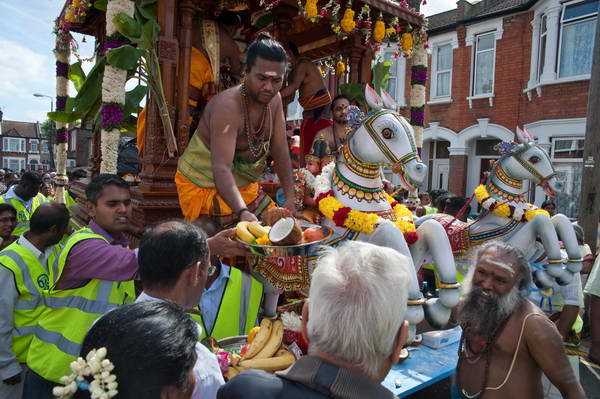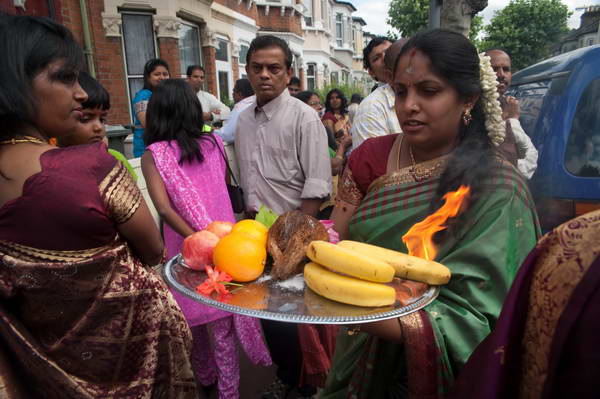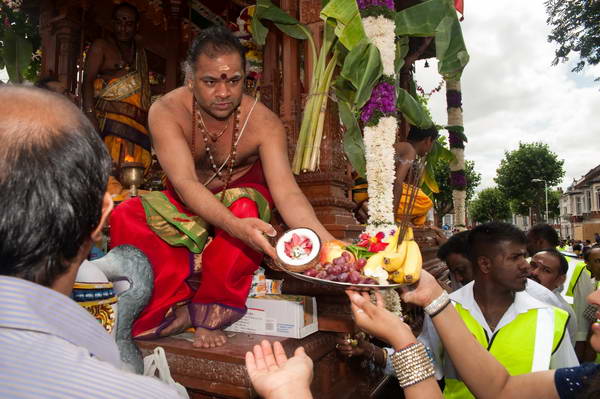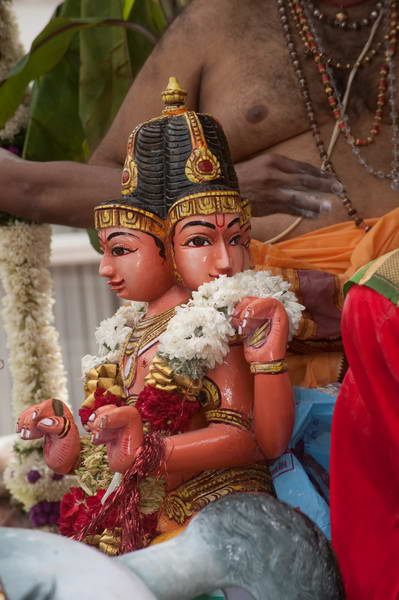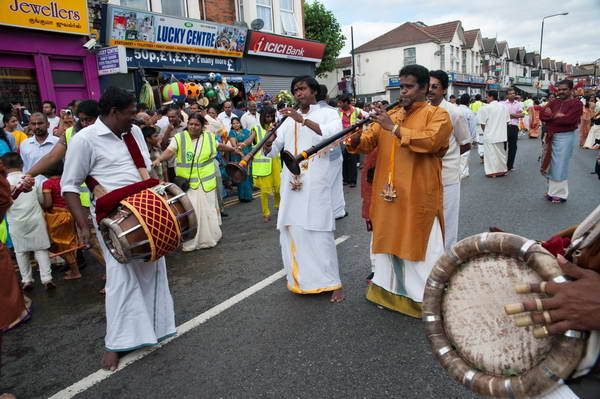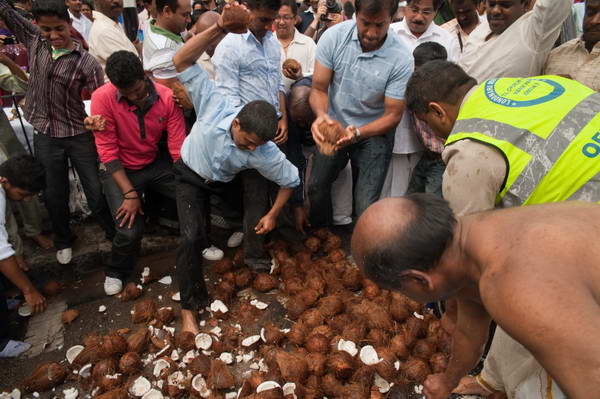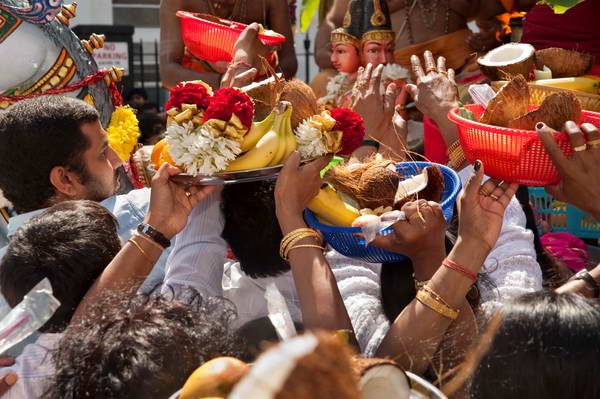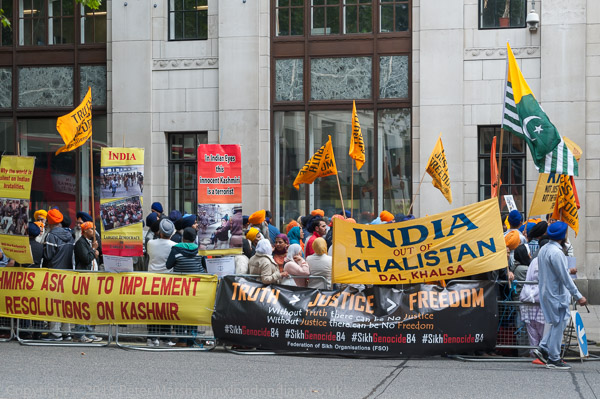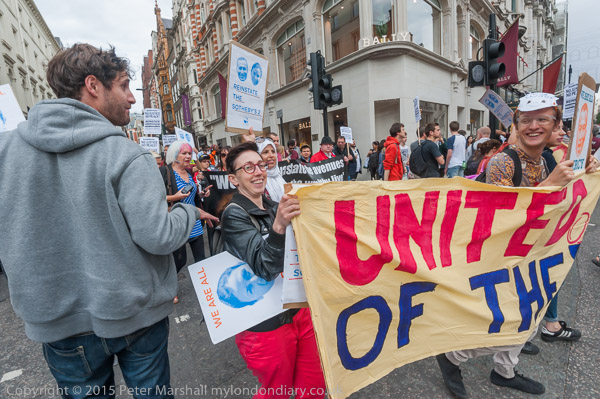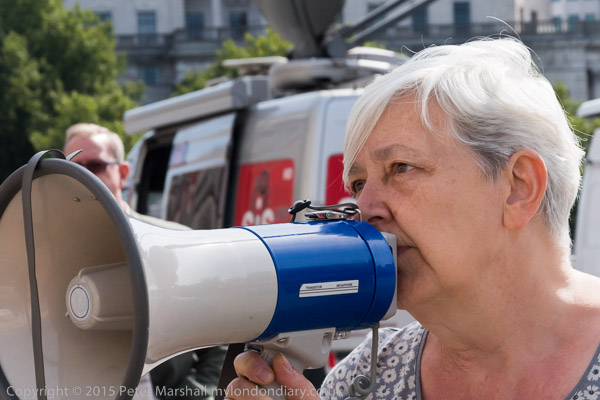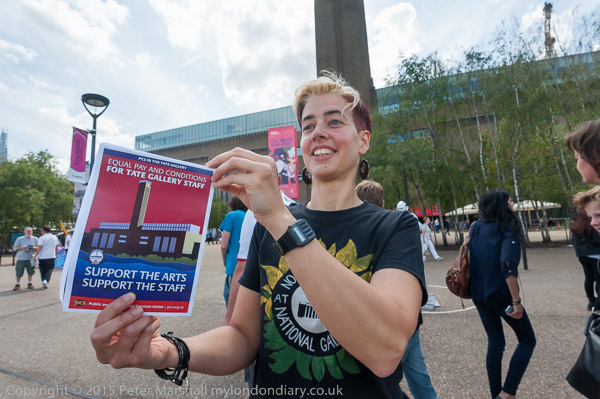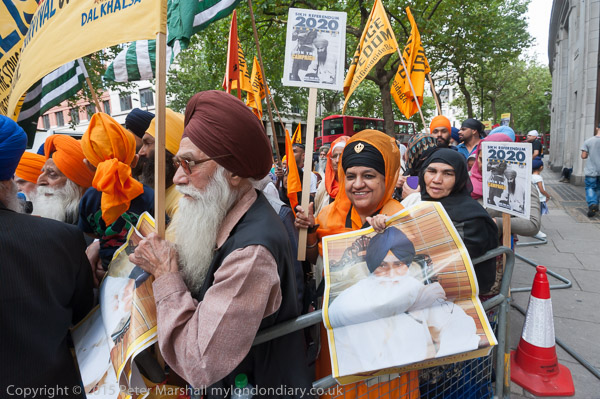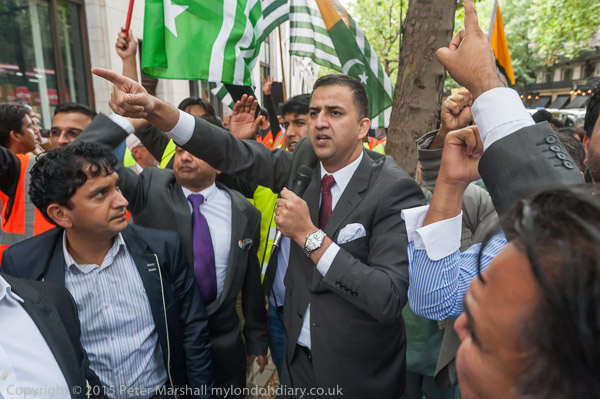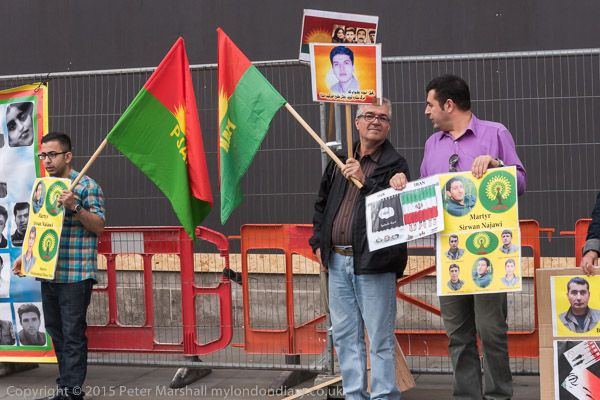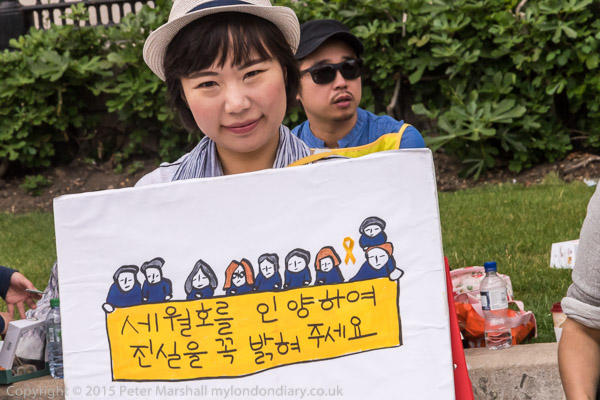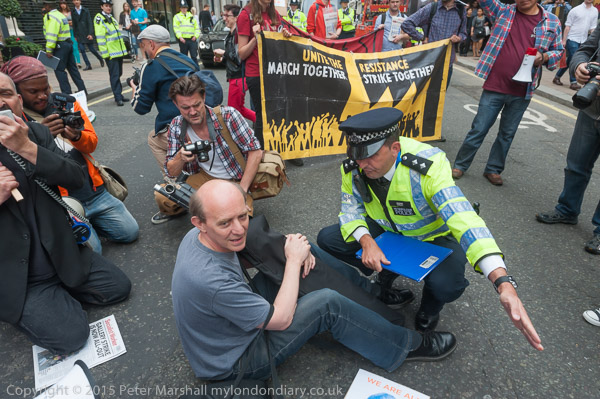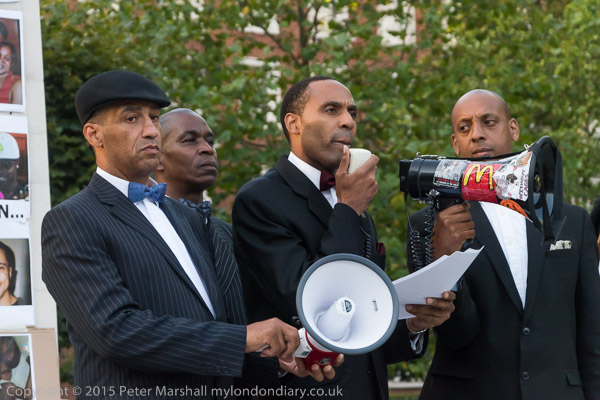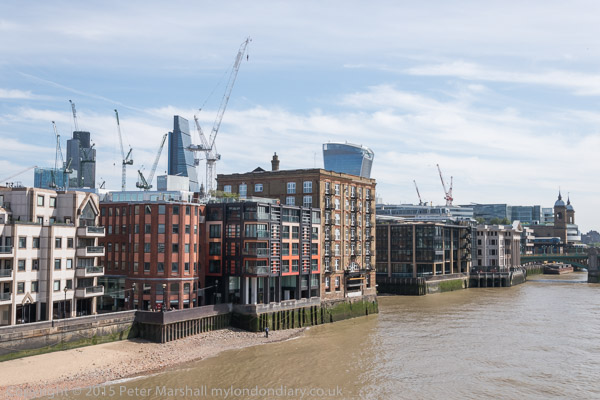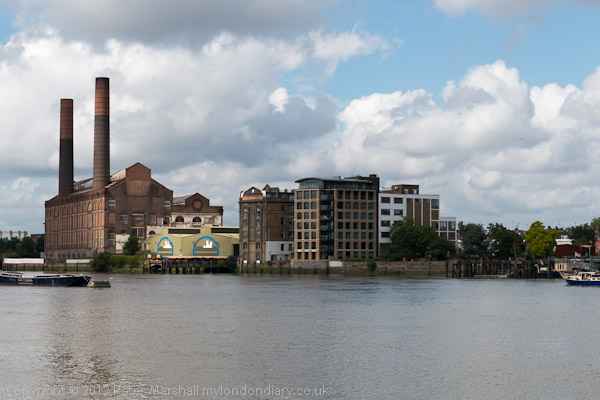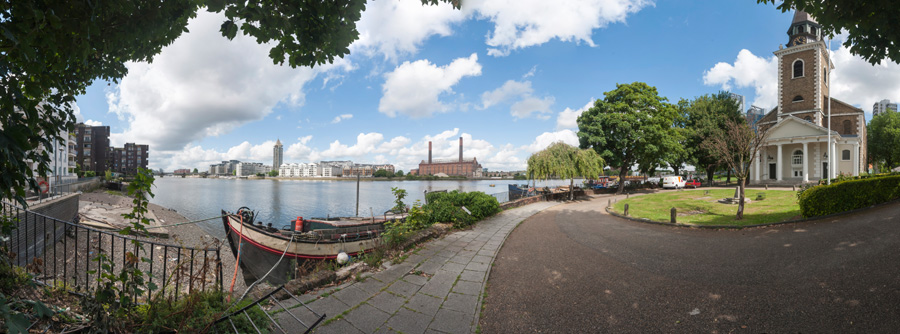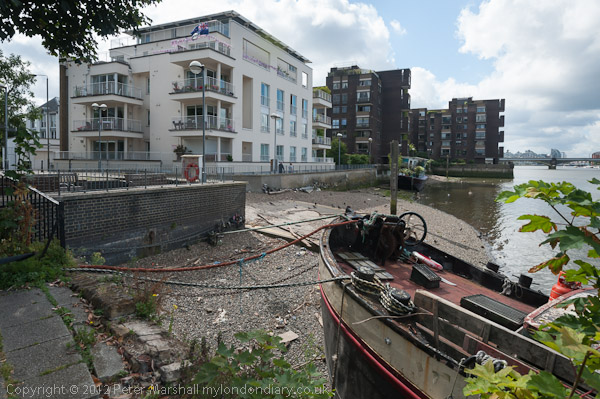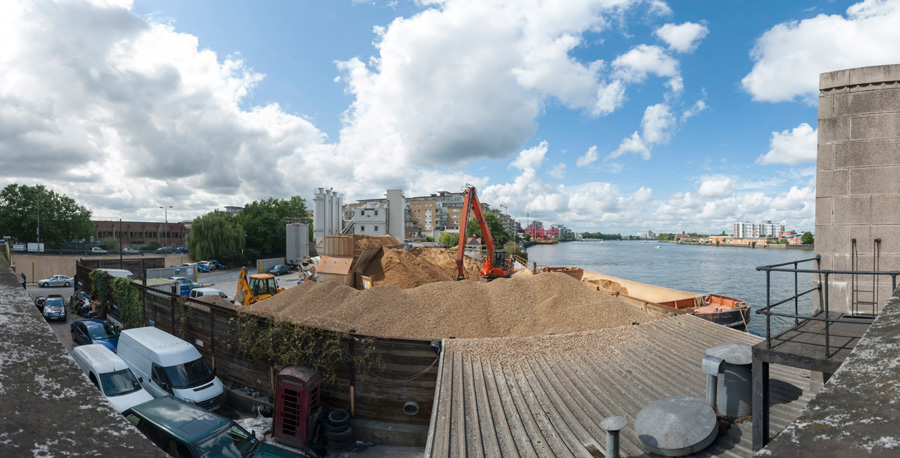Hornsea, East Yorkshire is a small seaside town on the Holderness coast to the north-east of Hull, and is where my wife spent most of her holidays in her early years.
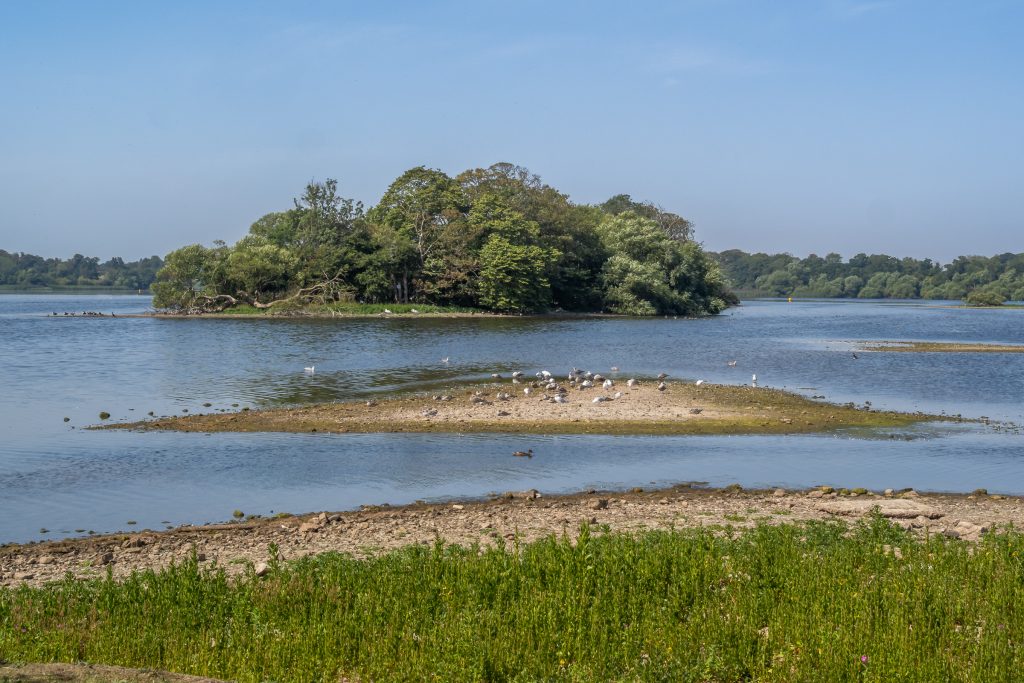
Her Aunt Florrie (I think a great-aunt) lived in a small corner shop close to Stepney Station in Hull and had bought a condemned cottage on the town’s main street for £25, expecting it to be demolished within a few years, but it survived for many more. The accomodation was primitive, with an outside toilet, but back in the 1950s money was tight and most people couldn’t afford much. There is now just a small garden area with a few seats where it stood on the corner with Willows Drive.
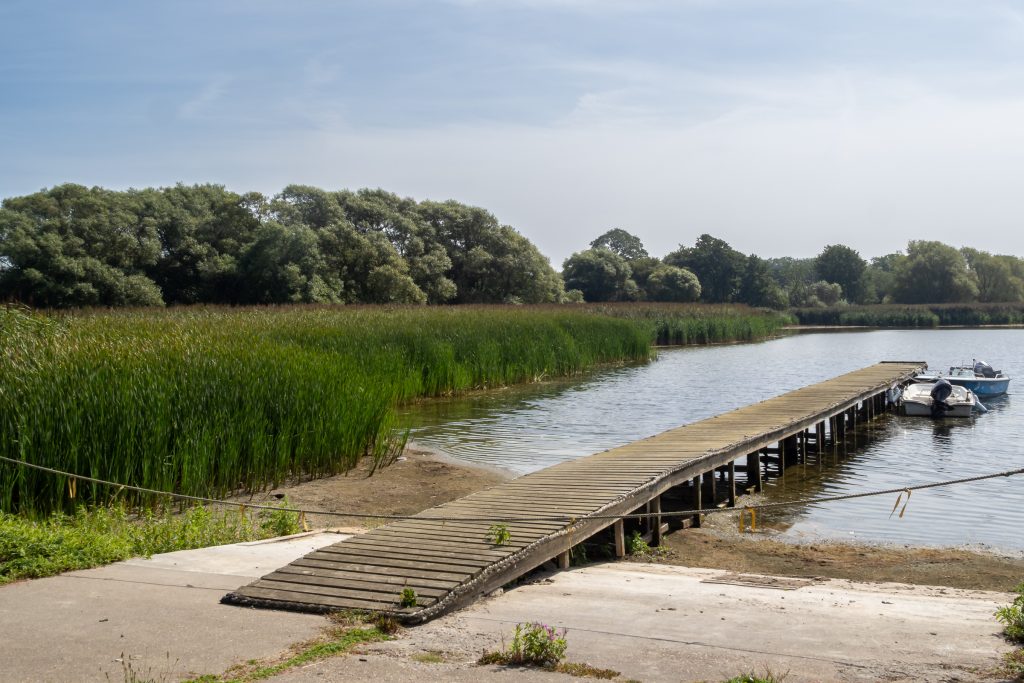
Seventy years or so ago, Aunt Florrie could close her shop and board a train at 5.57pm and be in Hornsea 40 minutes later, and the last train would leave to take her home at 10.10pm, arriving at 10.49. People from Hull did often go to Hornsea for an evening, and commuters could catch the 7.12am from Hornsea and arrive in Hull for work by 7.52.
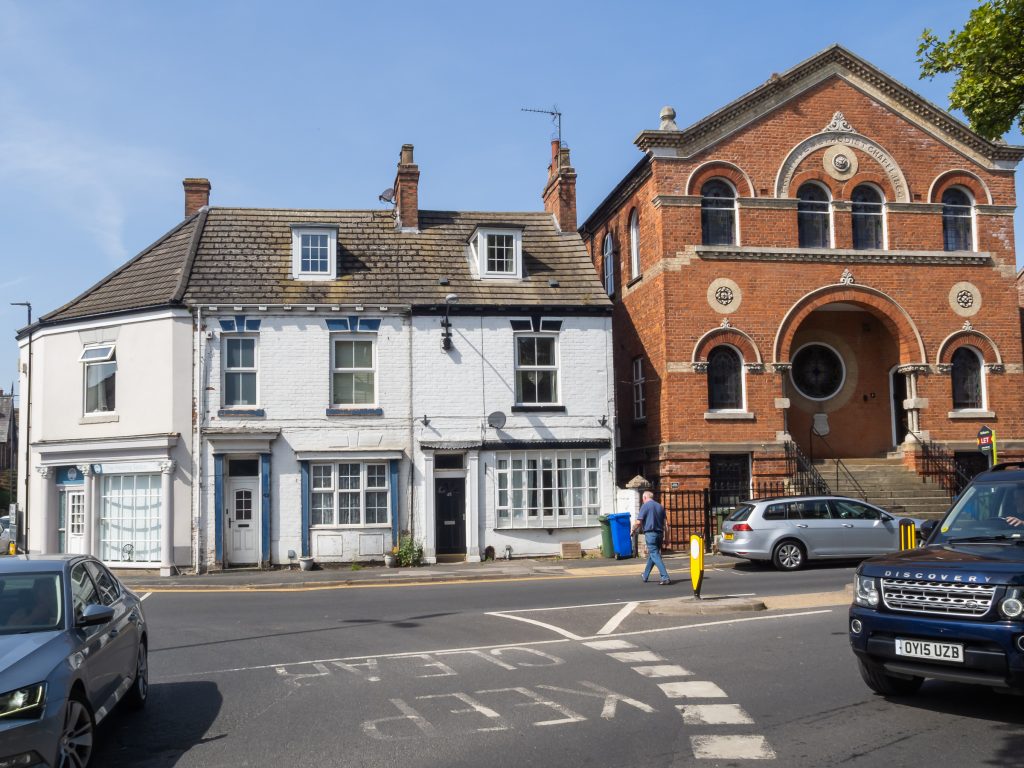
The railway completed in 1864 brought an enormous change, with many new buildings, and as well as bringing in large numbers of visitors the population doubled in the next 30 years. But Beeching put an end to that, the line closed in 1964/5 and is now a popular footpath and cycle trail. Of course by that time most of the visitors were arriving by road.
As we did, taking advantage of our free bus passes and catching the 10.10 from Hull Paragon Interchange. To our surprise, given it was a hot day at the peak of the holiday season East Yorkshire buses had only provided a single-decker, and by the time it got to the bridge across the River Hull into East Hull it was full, with people standing.
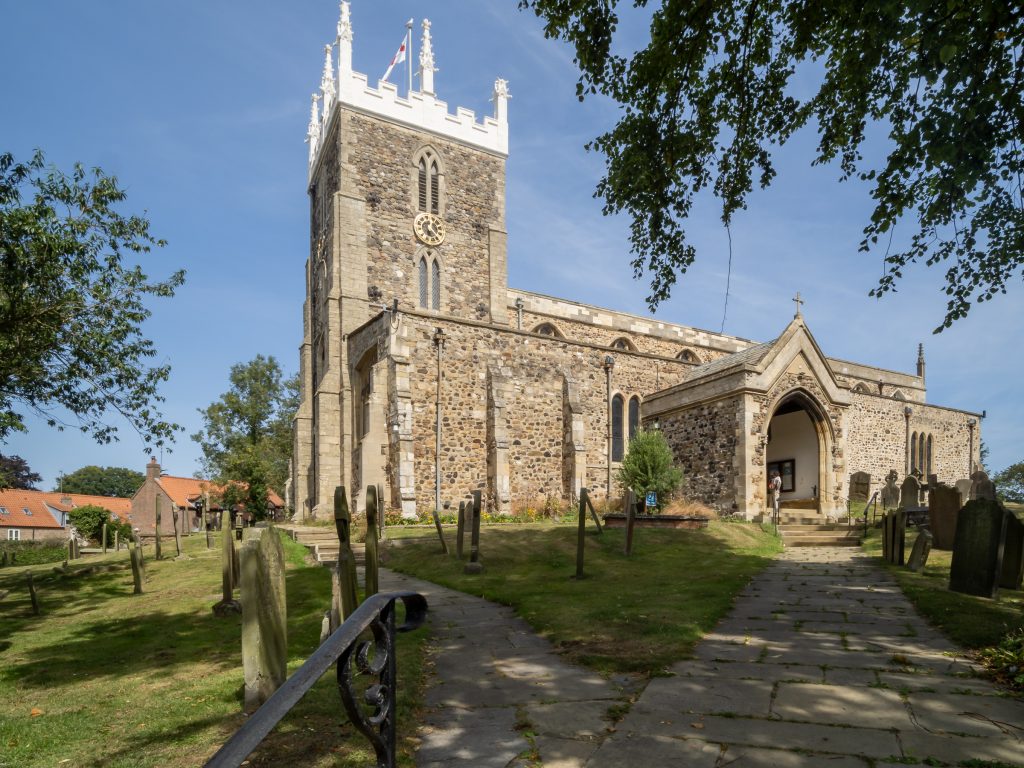
More people crowded on as it slowly made its way along Holderness Road, and at some stops people looked at the bus and turned away, though a few people got off. We raced past at least one stop leaving people standing – and it was an hour before the next bus.
Progress through Hull was slow due to traffic, but once we were in the country the bus could move faster – until we got close to Hornsea. The last half-mile took almost 20 minutes in a slow moving queue towards the Market Place roundabout – we should have got out and walked but it was too late by the time we thought of it. Our journey had taken over twice as long as the trains used to.
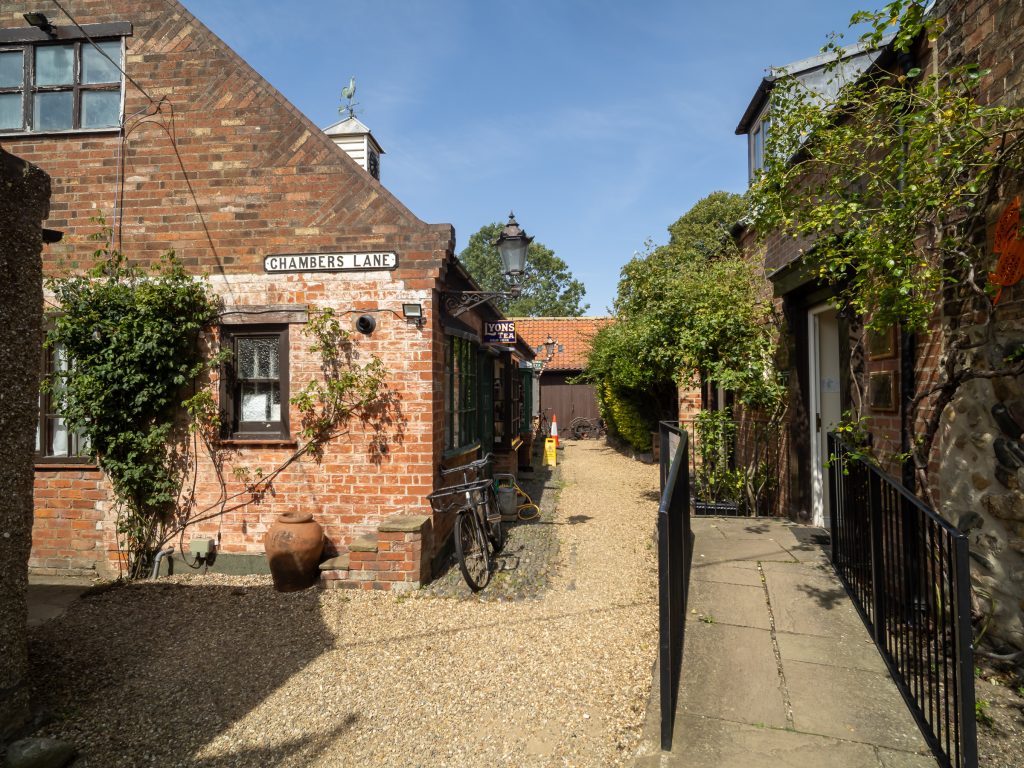
The delay was I think largely because too many motorists block roundabouts rather than allow others to move on to them rather than the volume of traffic. Traffic lights would probably keep things moving better here, but I suppose for most of the year it isn’t a great problem.
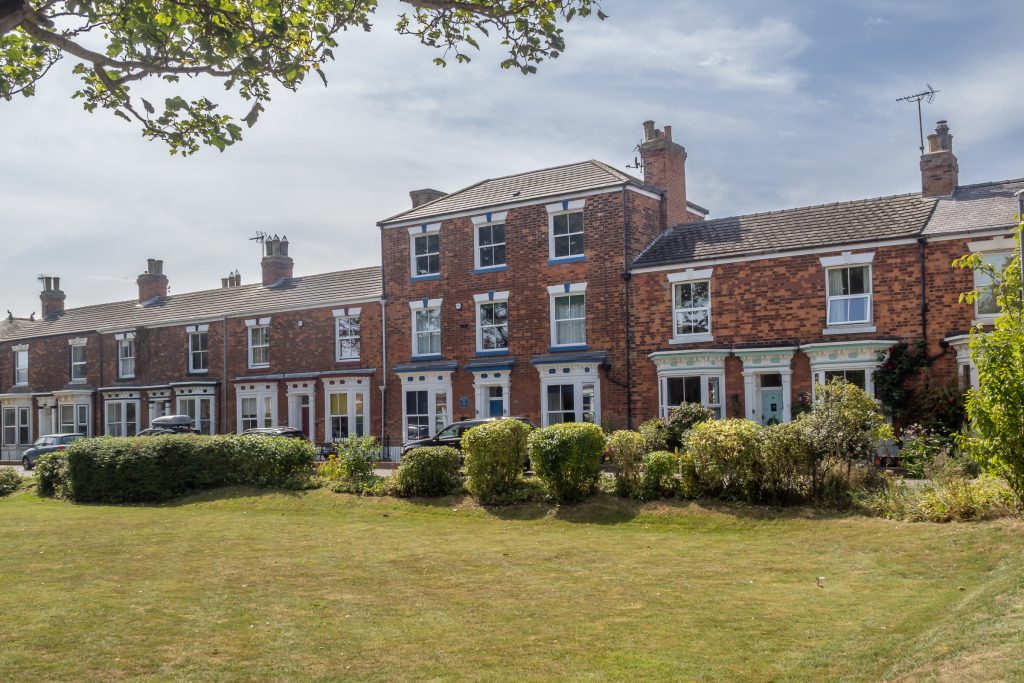
We walked down to Hornsea Mere, a large freshwater lake, said to be Yorkshire’s largest, then along Newbigin, the main street, where we went into the church hall for lunch – and an opportunity to talk to some local residents – and make a donation to local charities. I would have preferred a pub, but this was very much my wife’s day.
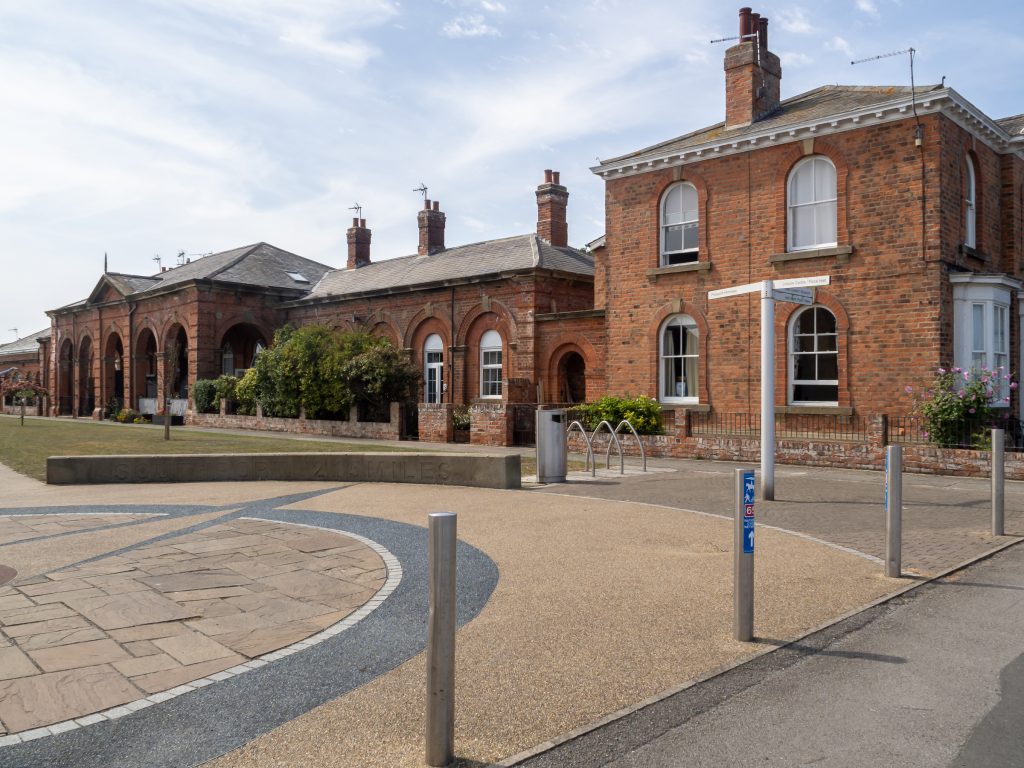
We walked on towards the seafront, tuning off to visit Wilton Crescent and the station before making our way along the promenade. Parts of the beach were almost crowded. The North Sea looked a little warmer than it often is, the tide was out and we walked across a large expanse of sand to the water’s edge, where small waves rippled around my trainers, but I couldn’t be bothered to take them off and paddle.
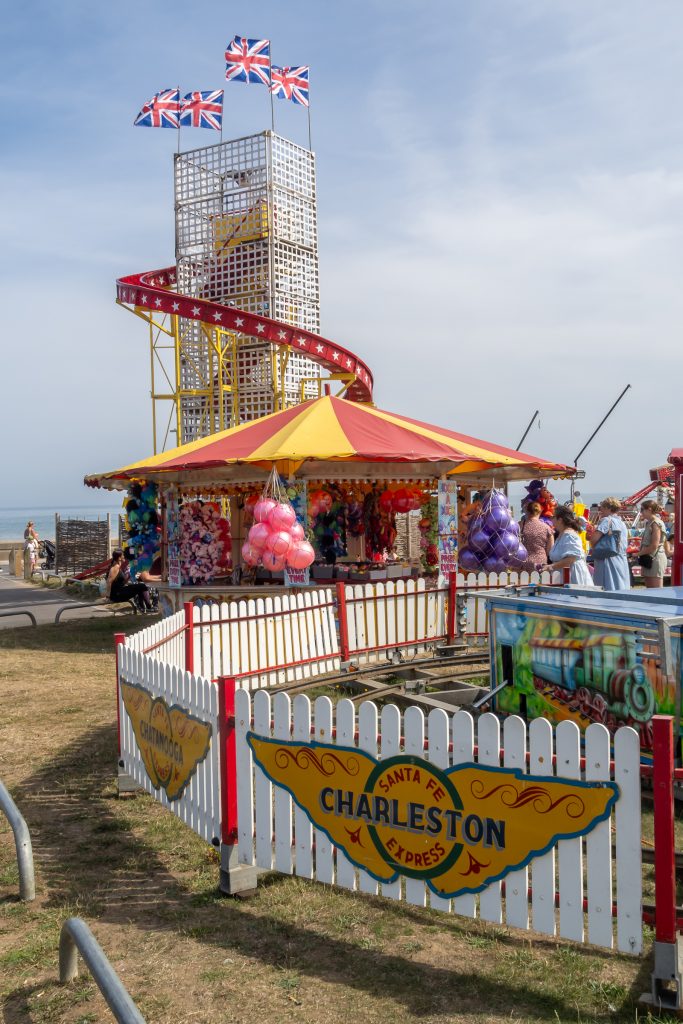
We walked further north along the prom. It was hot and there was a little haze and we could neither see Flamborough Head nor the record-breaking Hornsea Windfarms – Hornsea 1 became the largest offshore wind farm in the world when it became commercially operational in 2020, only to be beaten by Hornsea 2 which came on-line in 2022 – and has 165 turbines with a total output of 1.32GW, enough to power over 1.4 million homes. And they are building the even larger Hornsea 3 and Hornsea 4.
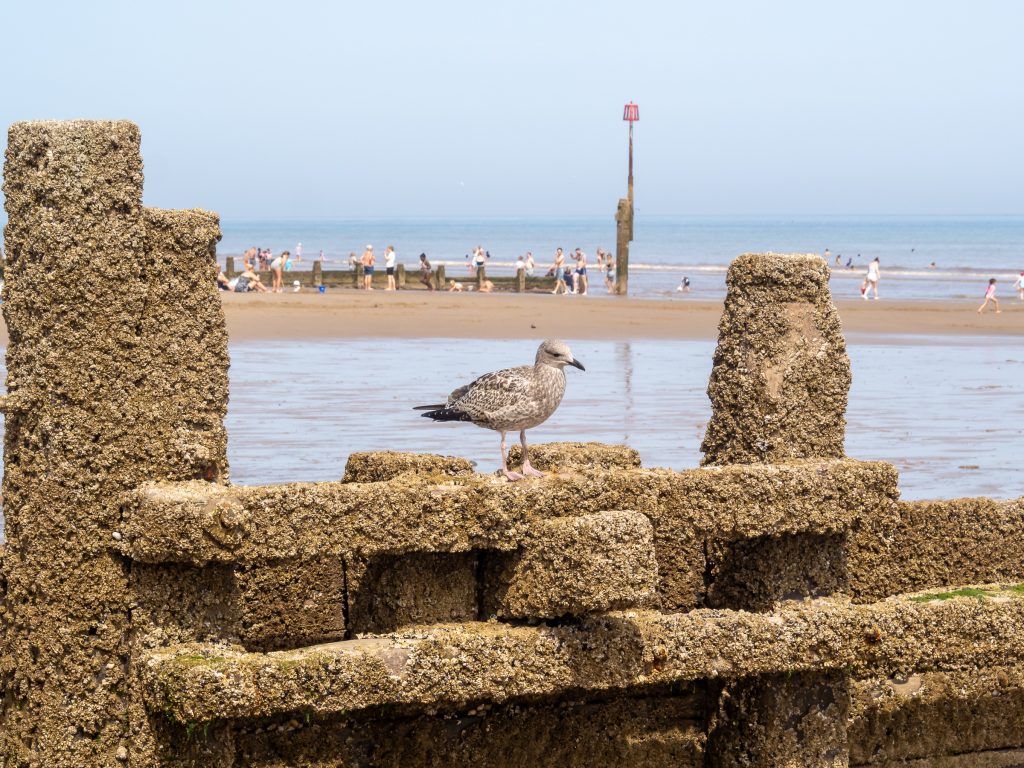
These windfarms are a long way out to sea, but when we stayed at a seafront hotel here in 2017 and 2018 we could see the closest in the distance from our first floor bedroom and from the cliff top at the north of the promenade.
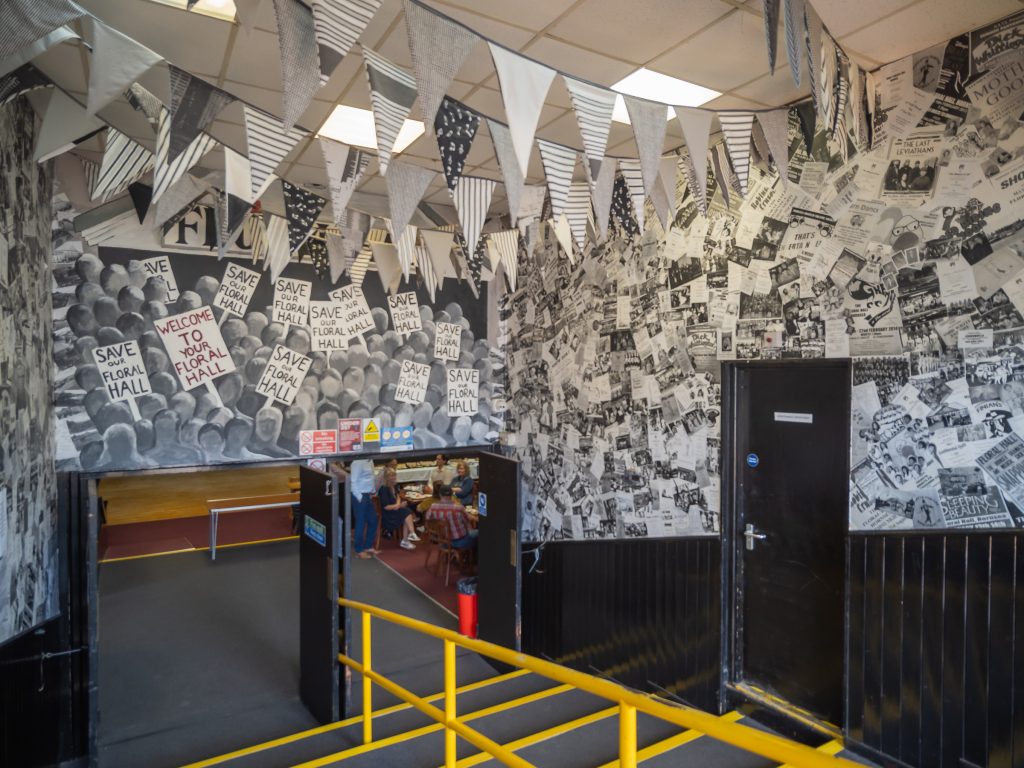
After a short visit to the Floral Hall – now a large café – and a walk to the end of the seafront path we walked to the Cliff Road bus stop for a mid-afternoon bus back to Hull. This time it was a double-decker and there was seating for everyone and arrived on time for us to take another walk around Hull before meeting people in the evening.
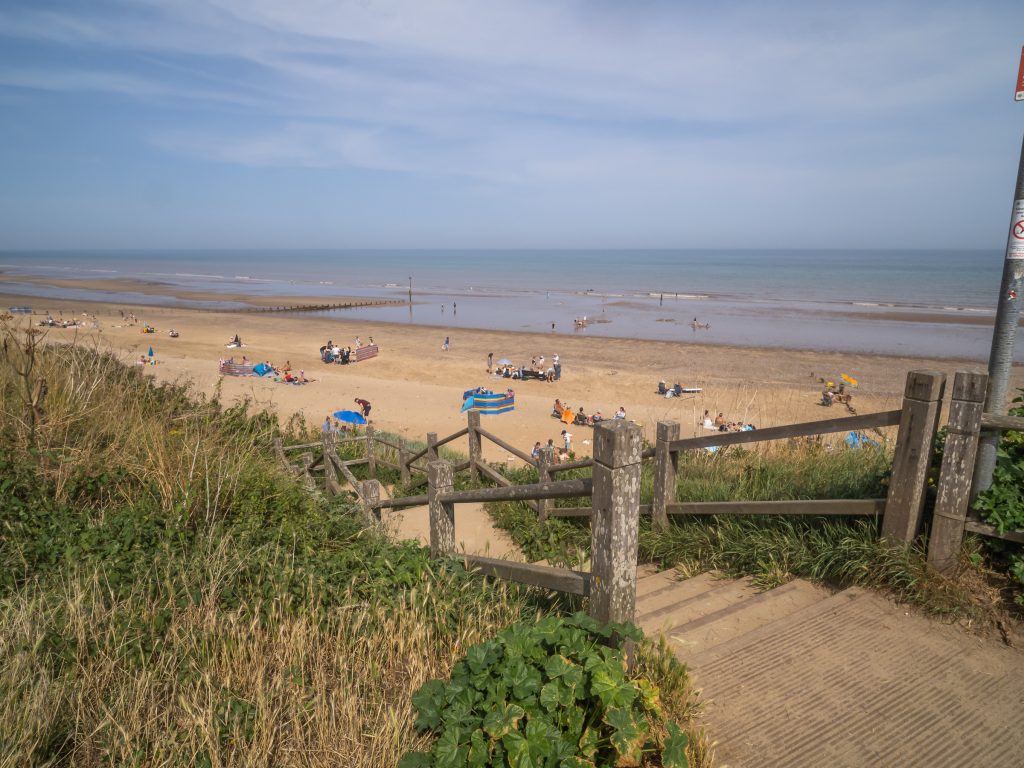
The pictures here are in the order they were taken. More from our days in and around Hull in a later post.
Flickr – Facebook – My London Diary – Hull Photos – Lea Valley – Paris
London’s Industrial Heritage – London Photos
All photographs on this page are copyright © Peter Marshall.
Contact me to buy prints or licence to reproduce.
